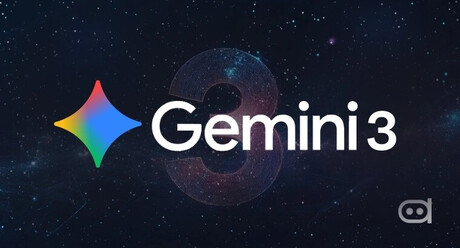
The Royal Spanish Academy (RAE) has released new guidelines on the appropriate use of emojis, reflecting the growing importance of these digital icons in modern communication. As emojis have become an integral part of everyday language, the RAE has stepped in to provide clarity and standardization.
The academy defines emojis as "small digital images representing emotions, objects, or ideas" and emphasizes that they are not punctuation marks or linguistic symbols. Instead, emojis serve to complement or emphasize the meaning of text, but they do not alter the grammatical structure or meaning of a sentence.
Key guidelines outlined by the RAE include:
Punctuation: Emojis cannot replace punctuation marks. Sentences must always end with a period, question mark, or exclamation point.
Placement:To express a general sentiment about a sentence, place the emoji at the end.
To emphasize a specific word or phrase, place the emoji immediately after it.
When inserting an emoji within a sentence, use commas on either side.
Repetition: When using multiple identical emojis, commas are not necessary.
Substitution: If an emoji replaces a word, the overall sentence structure should remain intact.
The RAE stresses the importance of using emojis correctly to enhance communication effectively. While emojis have brought new vitality to language, their misuse can lead to misunderstandings. By following these guidelines, individuals can ensure that their messages are clear and engaging.
[Copyright (c) Global Economic Times. All Rights Reserved.]






























